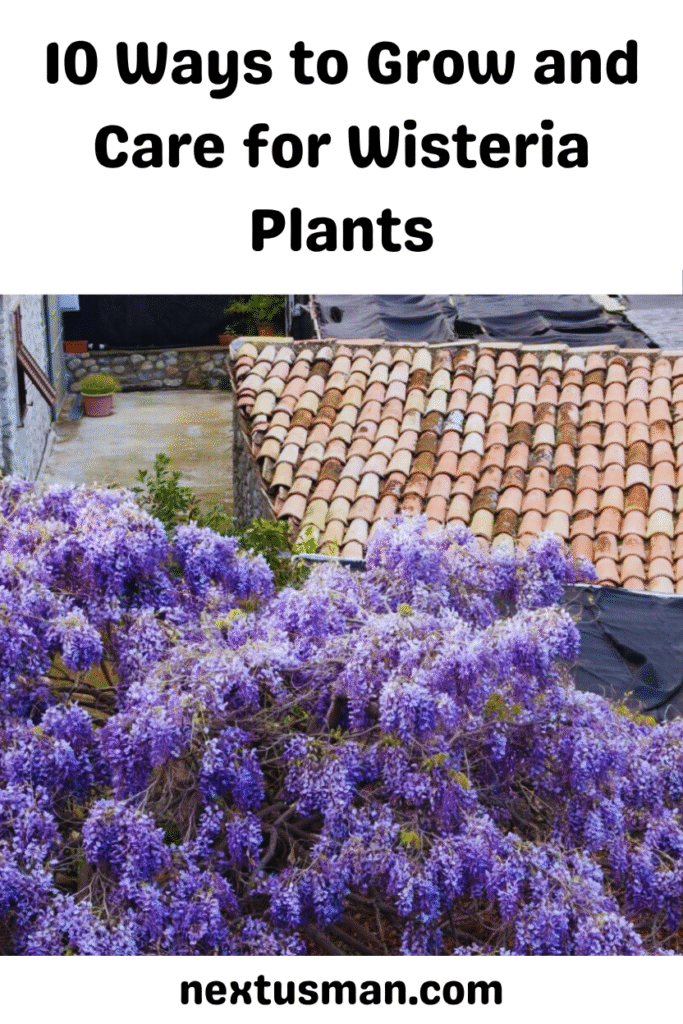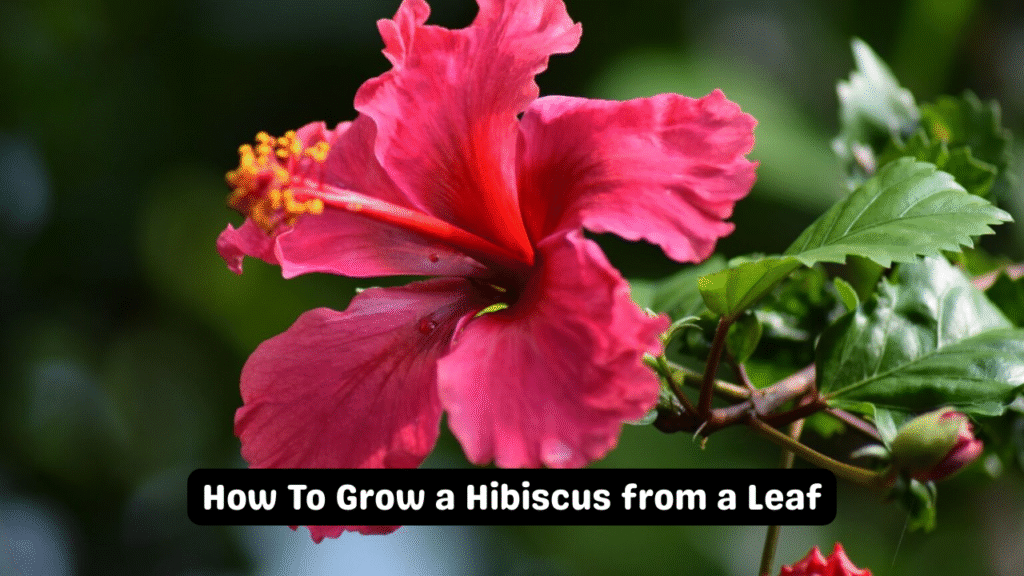Wisteria plants are a stunning addition to any garden, offering cascading blooms and a charming, romantic aesthetic. Though they might seem intimidating at first, growing and caring for Wisteria is easier than you think. This guide covers the essentials to help you grow healthy, vibrant Wisteria that thrives.
What Is Wisteria?
Wisteria is a genus of flowering vines in the legume (pea) family, prized for their fragrant, hanging flower clusters. With over 20 species, Wisteria vines can grow between 10 to 80 feet tall. The flowers range in color—purple, white, pink, and blue—and often appear in long, elegant racemes up to 12 inches long.
These vigorous climbers can be grown outdoors in warm climates or trained as container plants in colder zones.
1. Choose the Right Location
Wisteria thrives in full sun. Choose a spot that gets at least 6 hours of direct sunlight each day. Without enough light, Wisteria may produce lush foliage but few flowers.
2. Plant in Well-Drained Soil
Wisteria prefers fertile, moist, and well-draining soil with a slightly acidic to neutral pH (around 6.0 to 7.0). Avoid soggy or clay-heavy soil that retains water, as this can cause root rot.
3. Watering Wisely
Water young Wisteria regularly during their first year to help establish deep roots. Mature plants are drought-tolerant but benefit from occasional deep watering during dry periods. Always allow the top layer of soil to dry slightly between waterings.
4. Fertilize Thoughtfully
Use a balanced fertilizer (10-10-10) once in early spring to support healthy growth. Avoid nitrogen-heavy fertilizers, which promote leaves over blooms. Too much nitrogen is one of the most common reasons Wisteria won’t flower.
5. Prune for Better Blooms
Pruning is essential. Prune Wisteria twice a year—once in late winter to shape the vine, and again in summer after flowering. This controls size and encourages more blooms by removing unproductive growth.
6. Support the Climber
Install a sturdy trellis, arbor, pergola, or fence. Wisteria vines are heavy and need strong structural support to climb safely. Use twine or garden wire to guide young stems in the right direction.
7. Planting from Cuttings or Nursery Starts
You can grow Wisteria from seed, but it’s slow and may not flower for years. For quicker results, use nursery plants or propagate from stem cuttings of a healthy, mature vine. Root cuttings in well-draining soil and keep them moist until established.
8. Know Your Type
- Japanese Wisteria (W. floribunda): Vigorous grower with long racemes; best in zones 4–9.
- Chinese Wisteria (W. sinensis): Blooms early and tolerates slightly alkaline soil.
- American Wisteria (W. frutescens): Native, less aggressive, better for smaller gardens.
Choose the variety that suits your climate and garden goals.
9. Training Your Vine
As your vine grows, train it to climb in the desired direction. Wrap the stems gently around your support structure. Avoid forceful bending as stems can snap easily. Regular guidance helps the plant grow vertically and flower evenly.
10. Winter and Seasonal Care
Wisteria is hardy and can survive cold winters, but young plants may need protection. Mulch the base in late fall to insulate the roots. Reduce watering during dormancy and resume care in spring.
Final Thoughts

Wisteria is one of the most rewarding plants to grow—offering show-stopping blooms, fragrance, and fast coverage for arbors and fences. By planting in full sun, using well-drained soil, pruning regularly, and offering strong support, your Wisteria can thrive for decades. With patience and care, you’ll be rewarded with dramatic floral displays that transform your garden into a scene straight out of a fairytale.




